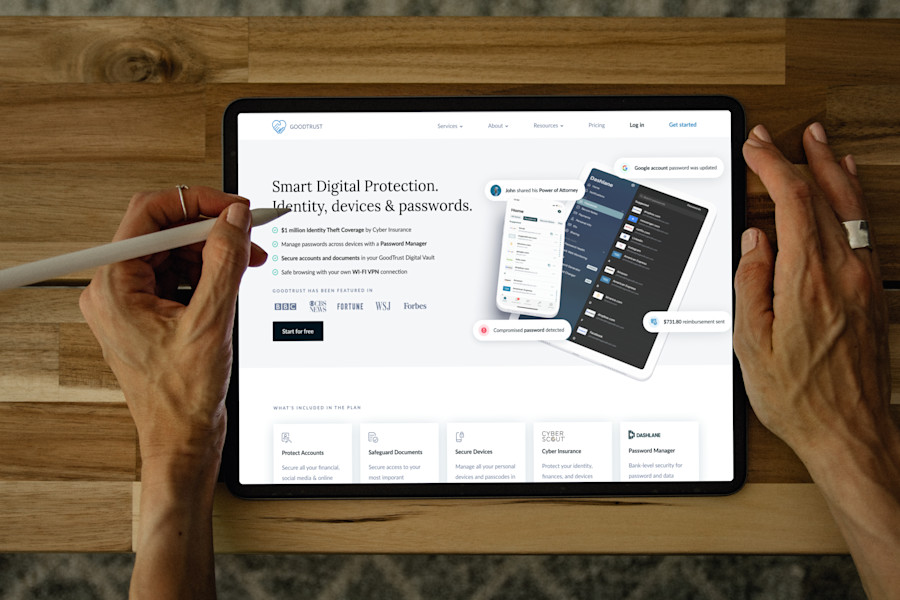
Estate Planning
It's Cybersecurity Awareness Month: Is YOUR Identity Protected?
Have you ever received a strange billing alert or realized someone else was using your credit cards? Maybe you've heard about a data breach at one of the companies you frequent? Or perhaps you've noticed some unusual banking activity? There's a good chance you know someone who's been the victim of a cyber attack - or it's happened to you. Identity theft happens when someone steals your personal information and uses it to commit fraud. Sadly, it's not uncommon, and it affects millions of Americans every year.
According to Javelin's 2020 Identity Fraud Survey, 13 million consumers in the U.S. were affected by identity fraud in 2019 with total fraud losses of nearly $17 billion. Moreover the Federal Trade Commission (FTC) reported an increase of identity theft in 2021 and expects even higher numbers in the future. So what can you do to protect yourself? First let's learn a bit more of how it works.
Types of Identity Theft
Broadly speaking identity theft includes but is not limited to:
Opening of bank accounts or loans
Social Security theft
Employment or tax fraud
Government documents or benefits fraud
Driver's license ID theft
Account takeover

How it's done
There are multiple ways that outsiders can get into your bank accounts and personal information, and sometimes it's completely out of your control. A popular way for scammers to get your information is through unsecured websites or spam emails/ text messages. These websites or messages often include promising, unrealistic offers or claims (“You just won a free iPhone!!”).
You can often identify these scams by looking at the sender's email or website address and see if it is authorized or official. If you receive such an offer or email, make sure to not click on anything or give away any of your personal information. The scammers often threaten with absurd consequences or actions, so make sure to recognize and not fall into their traps.
Skimming is another popular technique used by scammers to get your credit card and bank information. Skimmers usually replace card readers with counterfeit devices or place their device on top of the original one at gas stations, grocery stores, or ATM’s. For victims this scam is almost impossible to recognize this trap until it is too late.
WiFi hacking and phone scamming are additional methods of identity theft to which many people fall victim. Public WiFi’s are often not encrypted and can be used by hackers to access your devices connected to the network. You can specifically shield yourself from such attacks using a VPN. Phone calls by people who claim to call from the IRS or government is another trick often used to get your card information or social security number. Claims about a failed tax return or vehicle registration are used to make you panic and voluntarily give out your information.
Dealing with Identity Theft
Unfortunately identity theft is nothing that you could solve or get rid of easily. Once your credit card information is leaked, you will have to contact your bank to deactivate your account. While thefts of bank accounts are easier to counter, social security or tax frauds are very difficult to resolve, and it will take you a while to recover from that situation. An outsider that has your social security number can take advantage of numerous financial actions, like taking out a loan, registering a new credit card, getting a mortgage or filing a tax return to get your benefits. All of these actions are difficult to undo, and as soon as you realize you are a victim of identity theft, you should report it here.

Because identity theft is hard to deal with and recover from, we at GoodTrust advise you to secure your identity now. Here are some steps you can take to protect yourself from ID theft:
Get a password manager to protect your accounts.
Download a VPN to shield yourself from any hacks.
Create a digital vault to ensure none of your data gets lost.
Obtain cyber coverage to be prepared for the worst case.